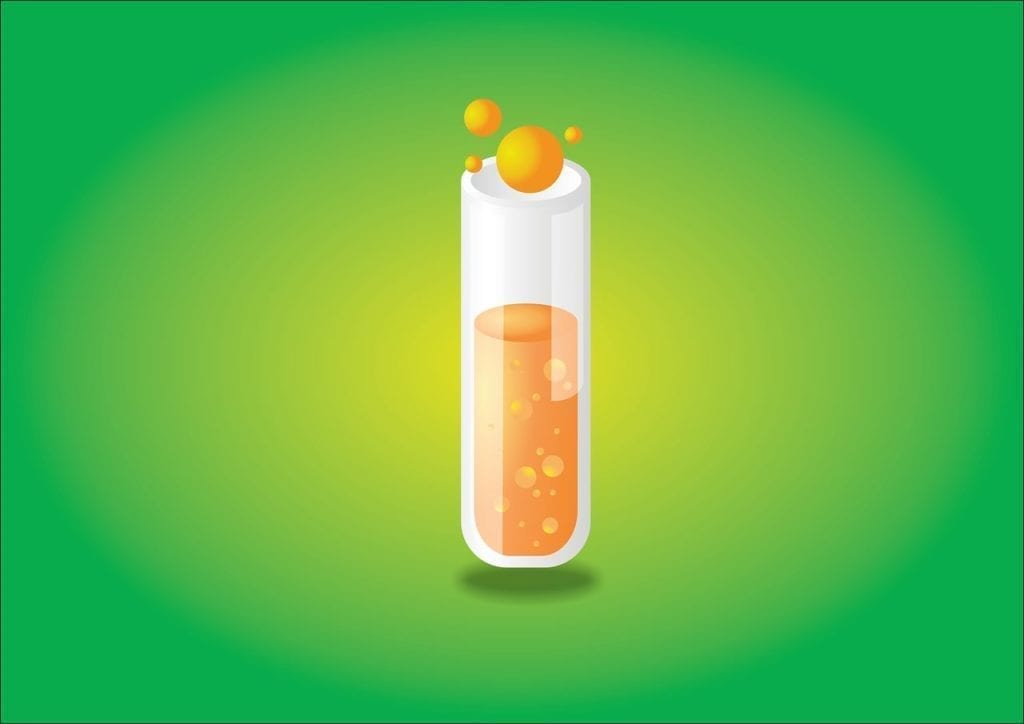A study has just been published in the New England Journal of Medicine (NEJM) that found that the drug Brineura slows down the deterioration of language and motor function in children with the rare disease CLN2, a form of Batten disease. The full story can be read here, at CentralCharts.
CLN2 is short for late infantile neuronal ceroid lipofuscinosis type 2, and the condition is also known as tripeptidyl peptidase 1, or TPP1, deficiency. It is one of a group of disorders that are collectively referred to as Batten disease. CLN2 is extremely rare and approximately one in every 200,000 children born will develop it. Those affected tend to first show symptoms between ages 2 to 4, and these are likely to start with delayed language development and progress into seizures and difficulty with coordination. CLN2 is an aggressive disease that develops very quickly, and most children will no longer be able to walk or talk by age six.
CLN2 is caused by mutations in the TPP1 gene that prevent the enzyme the gene codes for, called the TPP1 enzyme, from functioning properly. The enzyme is involved in breaking down substances produced by metabolic reactions, but in patients with CLN2 the enzyme doesn’t function and as a result, these substances build up to toxic levels causing the symptoms of the disease. These accumulations tend to occur in the brain and eyes, which results in brain damage and impairs vision, cognitive processes, and muscle movement.
The enzyme therapy drug Brineura is the first, and currently, only, drug to be approved by the US Food and Drug Administration (FDA) and the European Commission for treating children with CLN2. It functions by replacing the missing enzyme in patients with the condition, facilitating the breakdown of toxic substances to slow the disease progression, and in particular loss of motor function. It was approved last year, only four years after it was first tested on patients.
Now the recent study has provided further evidence that the treatment can help to slow down motor function loss and language deterioration in children with CLN2. The study was carried out over two years and four countries on patients aged three to sixteen. The lead author of the study, Angela Schulz, M.D., said that by publishing the study she hopes to bring doctors’ awareness to the rare disease so that they are more likely to identify it in patients earlier. Another scientist involved in the study, Dr Emily de los Reyes, M.D., works at the Nationwide Children’s Hospital in Columbus as the director of the Batten Disease Centre of Excellence. She said that the enzyme therapy is an important development for patients, because for patients with CLN2
“every day of sustained function is critical.”








